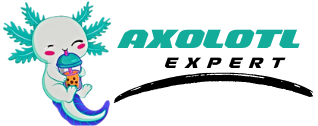Axolotls are fascinating aquatic creatures known for their unique appearance and regenerative abilities. Native to the lakes and canals of Mexico City, these salamanders have become popular pets around the world.
If you’re considering adopting an axolotl or already have one as a pet, it’s essential to understand their dietary needs to ensure their health and well-being.
In this article, we will explore what do axolotls eat in minecraft, providing you with valuable insights and guidelines to provide a balanced diet for these remarkable creatures.
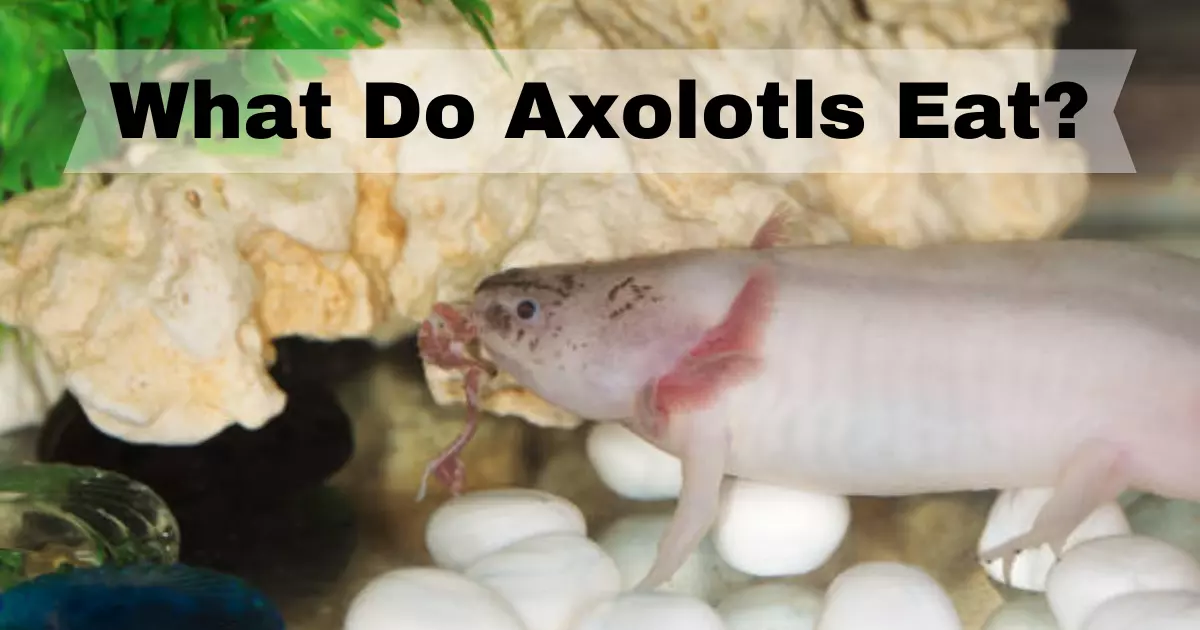
Contents
What Do Axolotls Eat?
Axolotls are carnivorous creatures, primarily feeding on a diet composed of various protein-rich foods.
In their natural habitat, axolotls consume a wide range of small aquatic organisms, including insects, crustaceans, worms, and small fish.
As pets, it is crucial to replicate their natural diet as closely as possible to promote their optimal health.
Feeding Frequency
Axolotls are known for their hearty appetites, but it’s essential to maintain a balanced feeding schedule.
Generally, adult axolotls should be fed every 2-3 days, while juvenile axolotls require daily feeding due to their rapid growth.
Monitoring their weight and overall condition is key to adjusting their feeding frequency as needed.
What Do Axolotls Eat in Captivity?
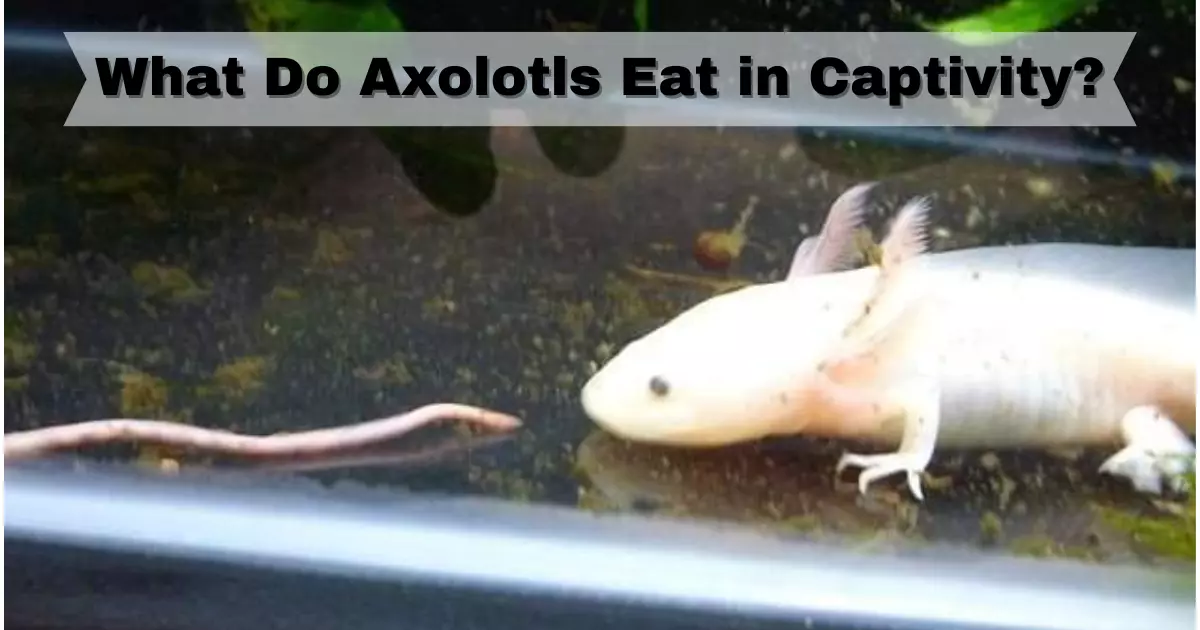
In captivity, axolotls thrive on a varied diet that includes a combination of live, frozen, and commercial foods.
Providing a diverse range of food sources ensures they receive essential nutrients for growth, energy, and overall well-being.
Here’s a breakdown of what do axolotls eat in captivity:
1. Live Foods
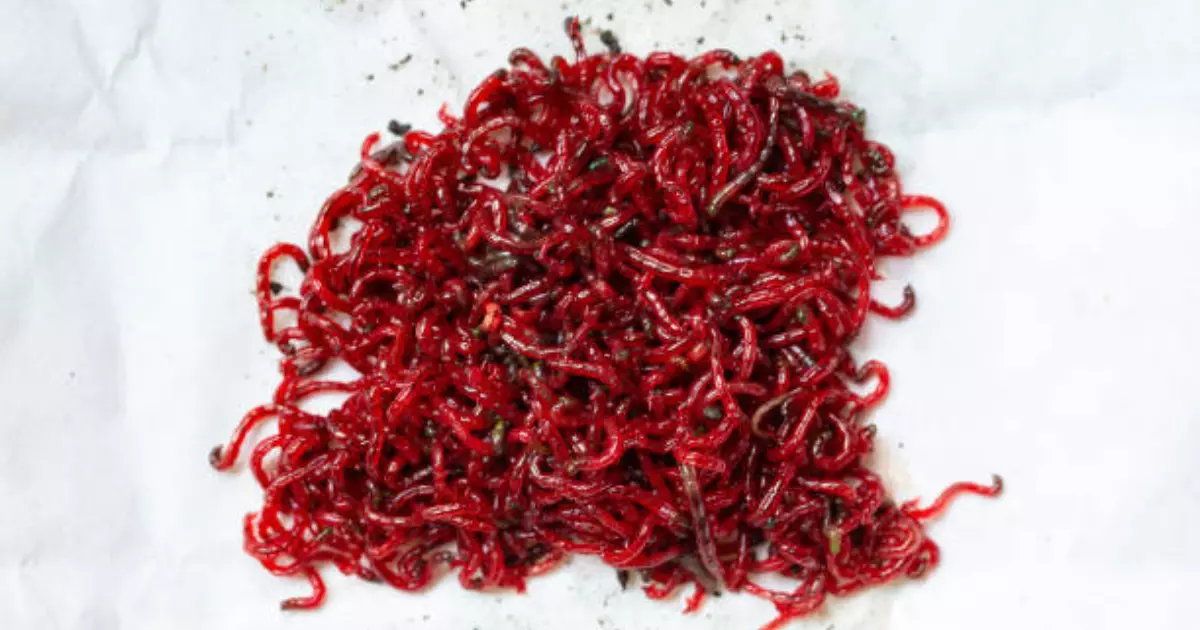
a. Bloodworms
Bloodworms, the larvae of non-biting midges, are a popular live food option for axolotls.
These small, red worms are rich in protein and highly nutritious.
You can purchase them frozen or live from pet stores and online suppliers.
b. Blackworms
Blackworms are another excellent live food choice for axolotls. These thin, thread-like worms are high in protein and easy to digest.
You can culture them at home or purchase them from reputable suppliers.
c. Brine Shrimp
Brine shrimp, also known as sea monkeys, are small crustaceans that serve as a great source of protein for axolotls.
You can hatch brine shrimp eggs and feed the newly hatched nauplii to your axolotl.
- Read More:- What is an Axolotl?
- Read More:- How Long Do Axolotls Live?
2. Frozen Foods
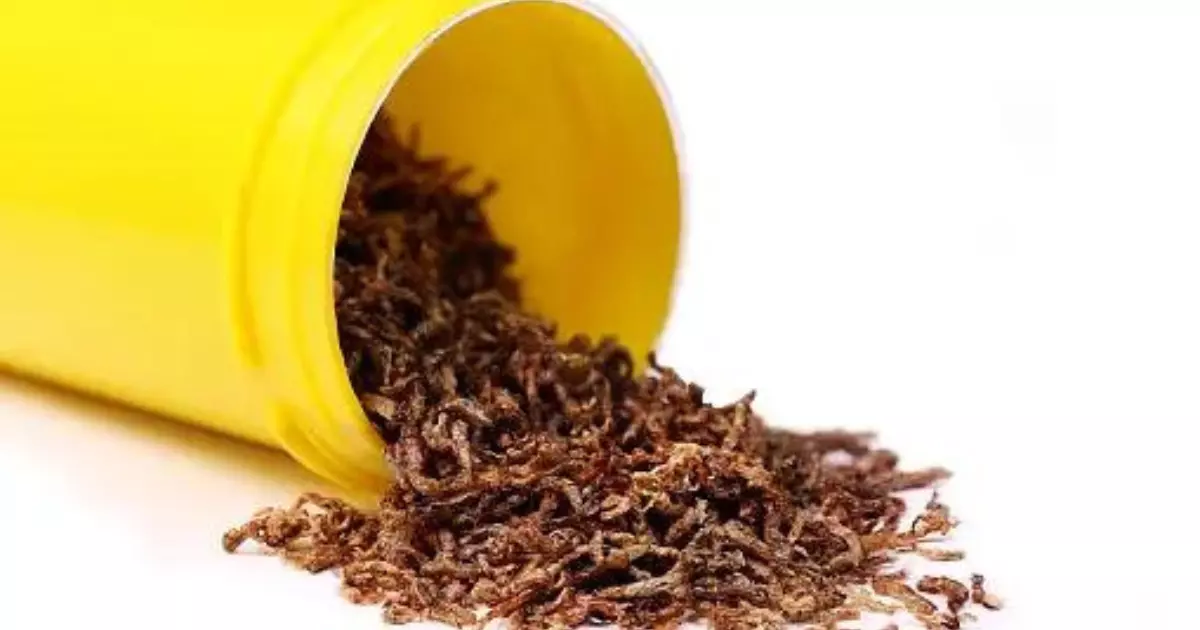
Frozen foods offer convenience while still providing essential nutrients for axolotls. Here are some frozen food options suitable for axolotl diet:
a. Bloodworms
Frozen bloodworms are widely available and a convenient alternative to live bloodworms. They retain most of the nutritional value and are a great option for pet owners seeking convenience.
b. Daphnia
Daphnia, also known as water fleas, are small, planktonic crustaceans that axolotls find highly appetizing. You can find frozen daphnia in pet stores or online suppliers.
3. Commercial Foods
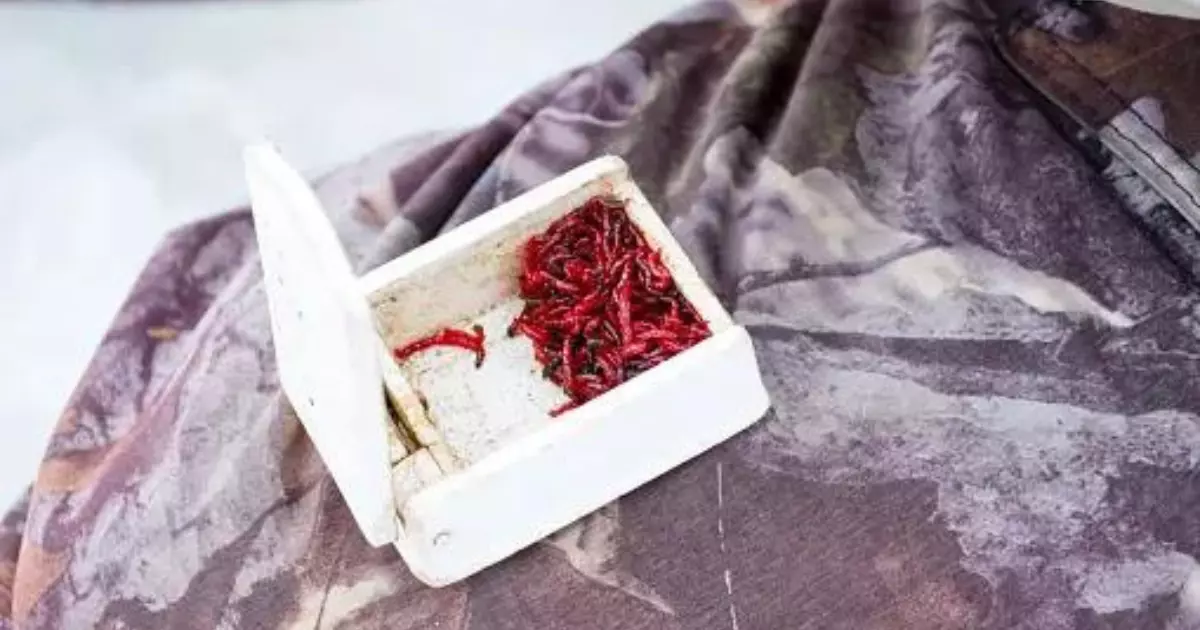
Commercially prepared axolotl pellets provide a well-balanced diet and can serve as a staple food source.
Look for high-quality pellets formulated specifically for axolotls, as they contain essential nutrients and are designed to promote healthy growth and development.
- Read More:- Are Axolotls Endangered?
- Read More:- Life Cycle of an Axolotl with Pictures
Ensuring a Balanced Diet
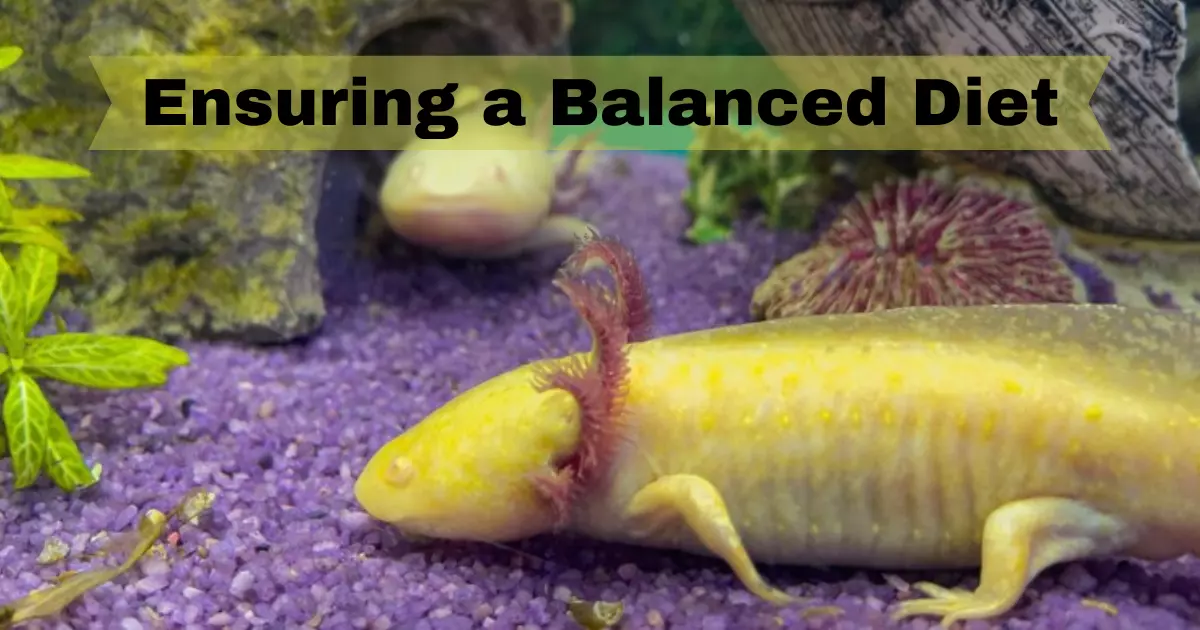
While axolotls have specific dietary preferences, it’s crucial to ensure they receive a well-rounded and balanced diet to meet their nutritional requirements. Here are a few additional considerations to keep in mind:
1. Calcium and Vitamin Supplements
To support their bone health and prevent deficiencies, it is advisable to supplement your axolotl’s diet with calcium and vitamin D3.
These supplements can be added to the water or dusted onto their food before feeding.
2. Avoiding Toxic Foods
Certain foods should be avoided as they can be toxic or harmful to axolotls. These include:
- Fish with Sharp Bones: Avoid feeding your axolotl fish with sharp and small bones, as they can cause internal injuries when swallowed.
- Feeder Fish: While feeder fish may seem like a natural choice, they can carry diseases or parasites that may harm your axolotl. It’s best to avoid them altogether.
Conclusion
In conclusion, understanding the dietary needs of axolotls is crucial for their overall health and well-being.
By replicating their natural diet through a combination of live, frozen, and commercial foods, you can ensure that your axolotl receives the necessary nutrients for optimal growth and development.
Remember to vary their diet, monitor their weight, and provide appropriate portion sizes to promote a long and healthy life for your axolotl.
Now that you have a comprehensive understanding of what do axolotls eat, you can confidently provide your aquatic companion with a well-rounded diet.
Enjoy the journey of caring for your axolotl and witnessing their unique behaviors as they grow!
FAQs about Axolotl Diet
1. Can axolotls eat vegetables or fruits?
Axolotls are carnivorous and cannot efficiently digest plant matter. Feeding them vegetables or fruits is not recommended as it may cause digestive issues or malnutrition.
2. How much should I feed my axolotl?
Feed your axolotl an amount of food roughly equivalent to the size of its head. Adjust the portion size based on their weight and overall condition.
3. Can axolotls eat feeder fish?
Avoid regular feeding of feeder fish like guppies or goldfish to your axolotl. They can carry harmful parasites or diseases. Opt for other protein-rich food sources instead.
4. Can axolotls eat earthworms?
Axolotls can eat earthworms, which are nutritious and readily available. Check for any chemical or pesticide contamination before feeding them to your axolotl.
5. How often should I vary my axolotl’s diet?
Vary your axolotl’s diet regularly to provide a range of nutrients. Introduce new food sources every few weeks to prevent deficiencies and keep them engaged during feeding.
6. Can axolotls overeat?
Axolotls can overeat, leading to obesity and health problems. Monitor their portion sizes and weight to prevent overeating.
